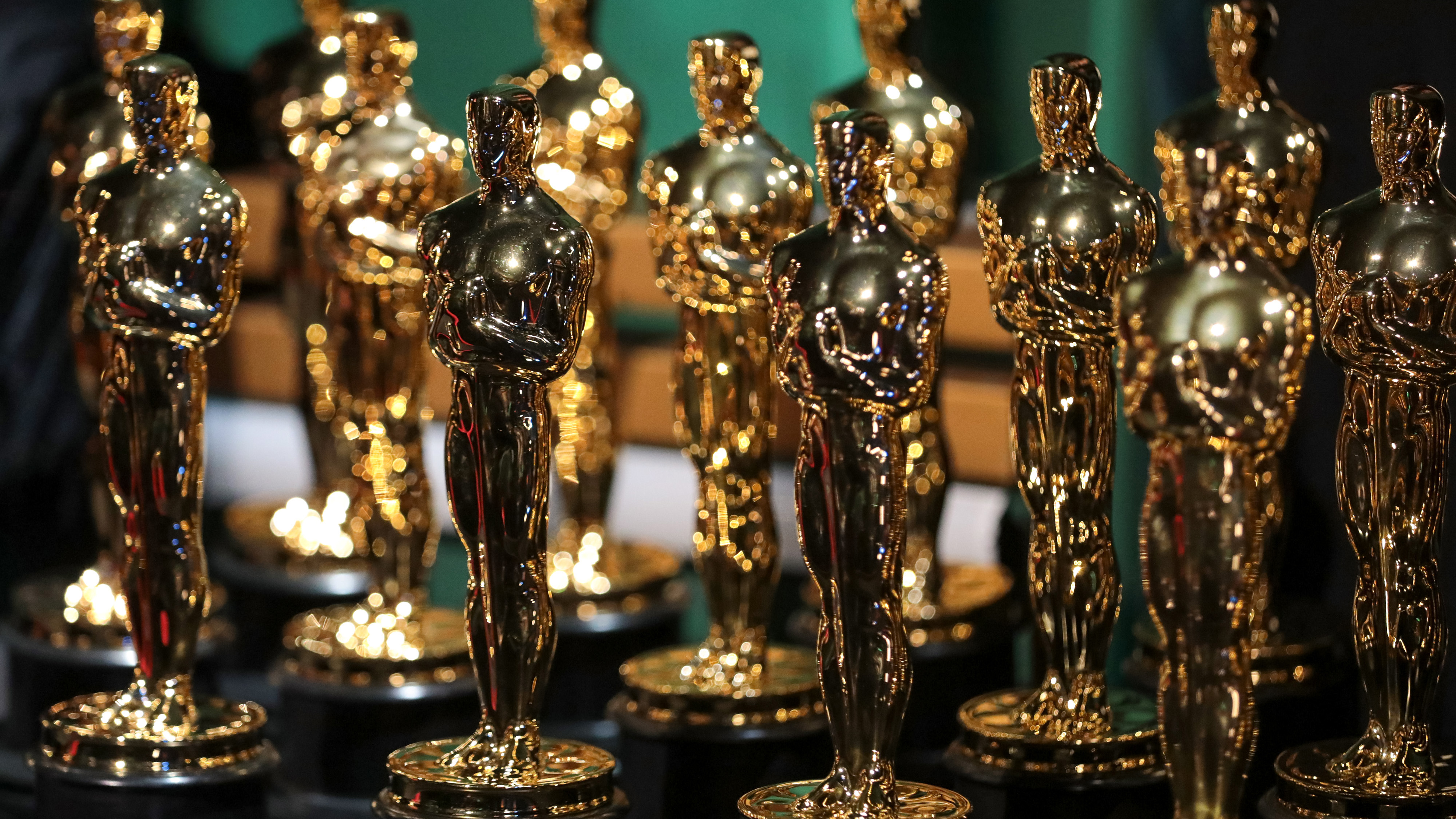Is it evil to replace a sky in my photos? I want to say yes, but I still keep doing it!
Part of me thinks reality is important and then another part of me thinks that the image is everything. I know, I’m mixed up
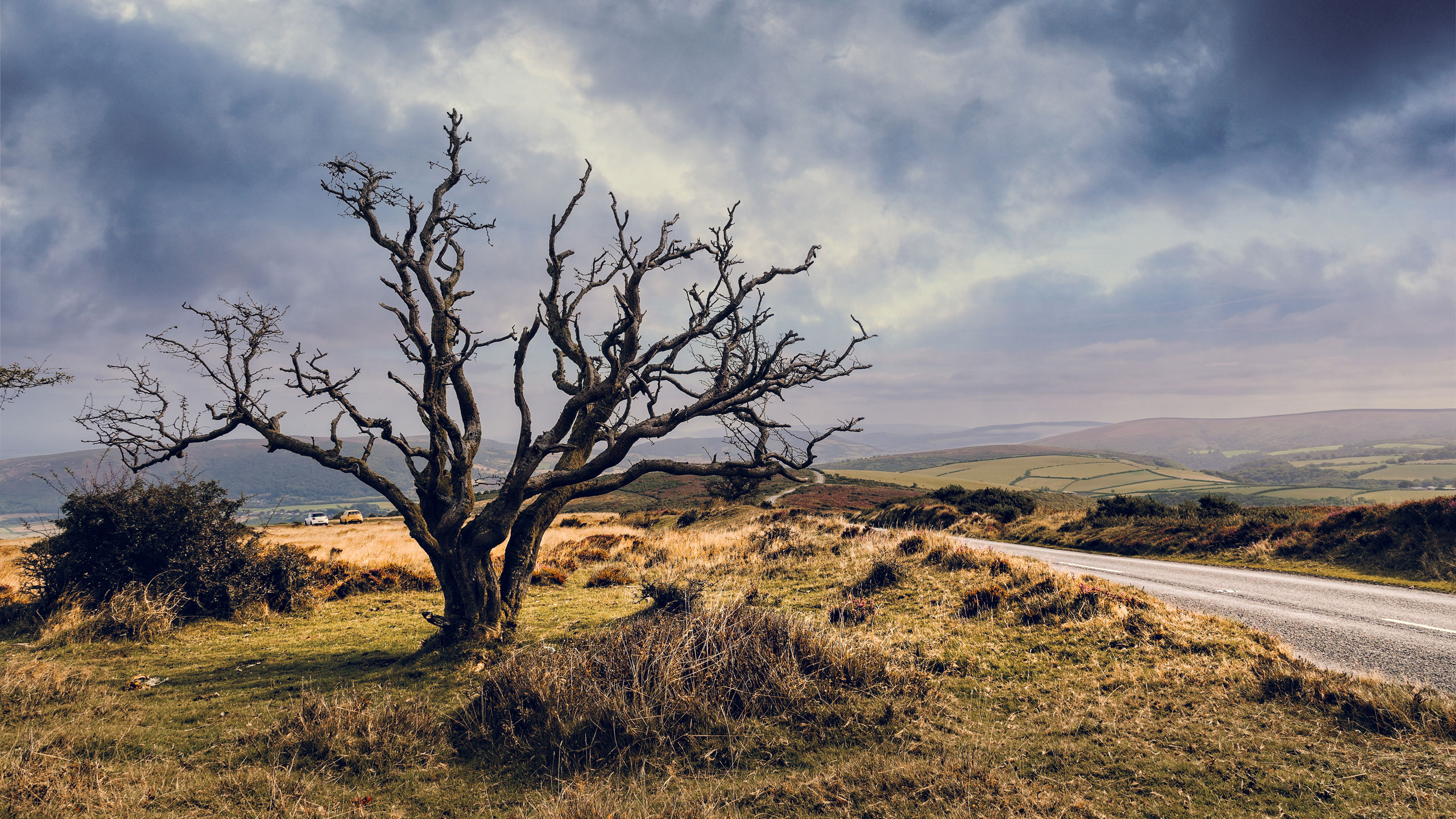
So look. I don’t actually like AI-generated imagery, I don’t like AI-augmented reality and I don’t like the idea that just about anyone can now fabricate just about any kind of imagery with a few text prompts.
Why don’t I like it? I’m not sure. Is it because I resent all my hard-earned manual editing skills being matched by a machine? No, I don’t think it’s that. Is it because I think the world is going to be flooded (or IS being flooded) by a deluge of crass, fabricated fantasies? Yes, I think that might have a lot to do with it. Is it because it’s now too easy for unscrupulous players to lie about what they’ve seen and done and captured. Yes, that is definitely a worry.
But what I worry about in particular is that reality is being replaced by fantasy. We want an idealized, perfect world for our insta feeds, we want idealized, perfected versions of ourselves and our lives to show to people. We are trying to compete in a world of imagery where everything is wonderful and nothing is real.
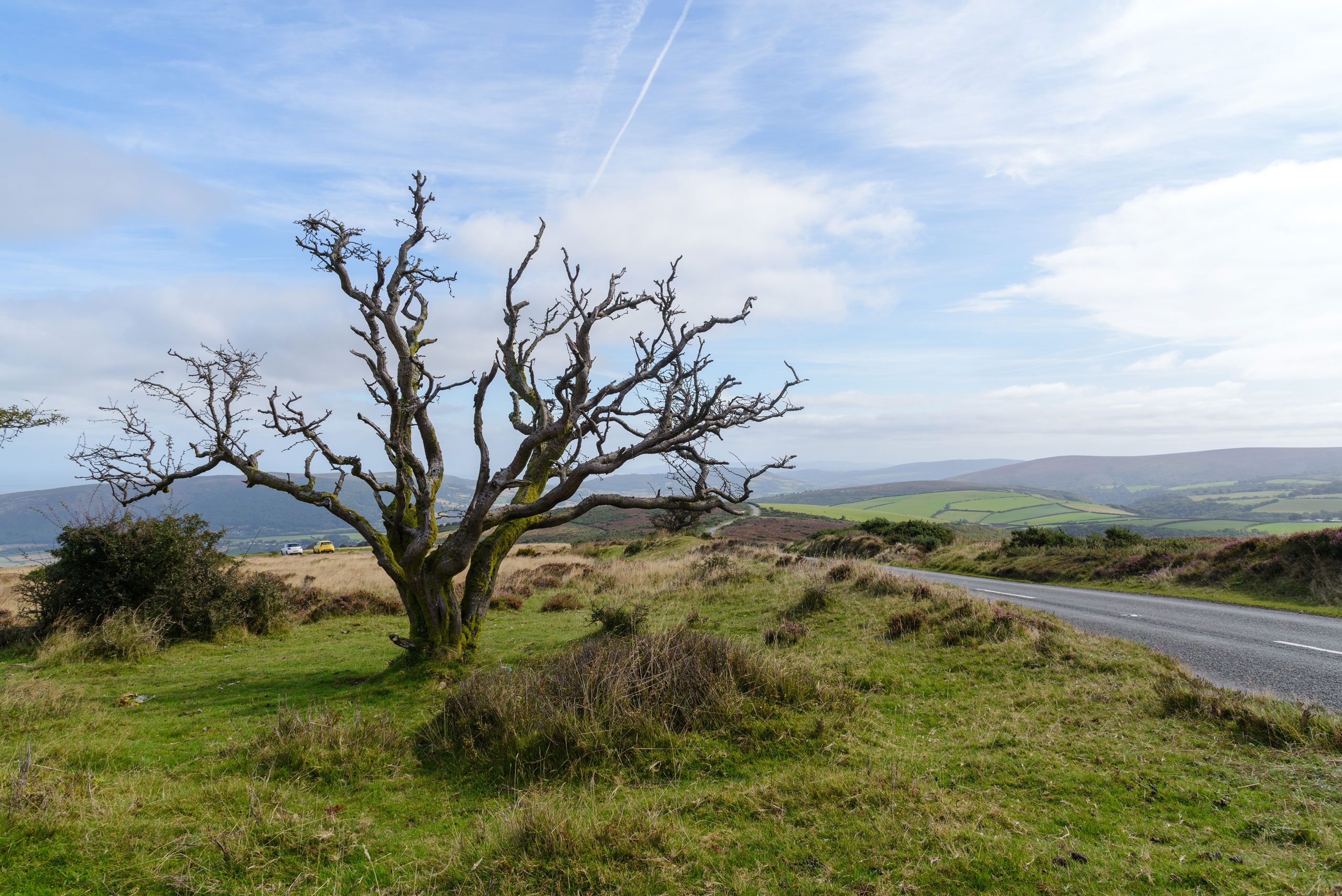
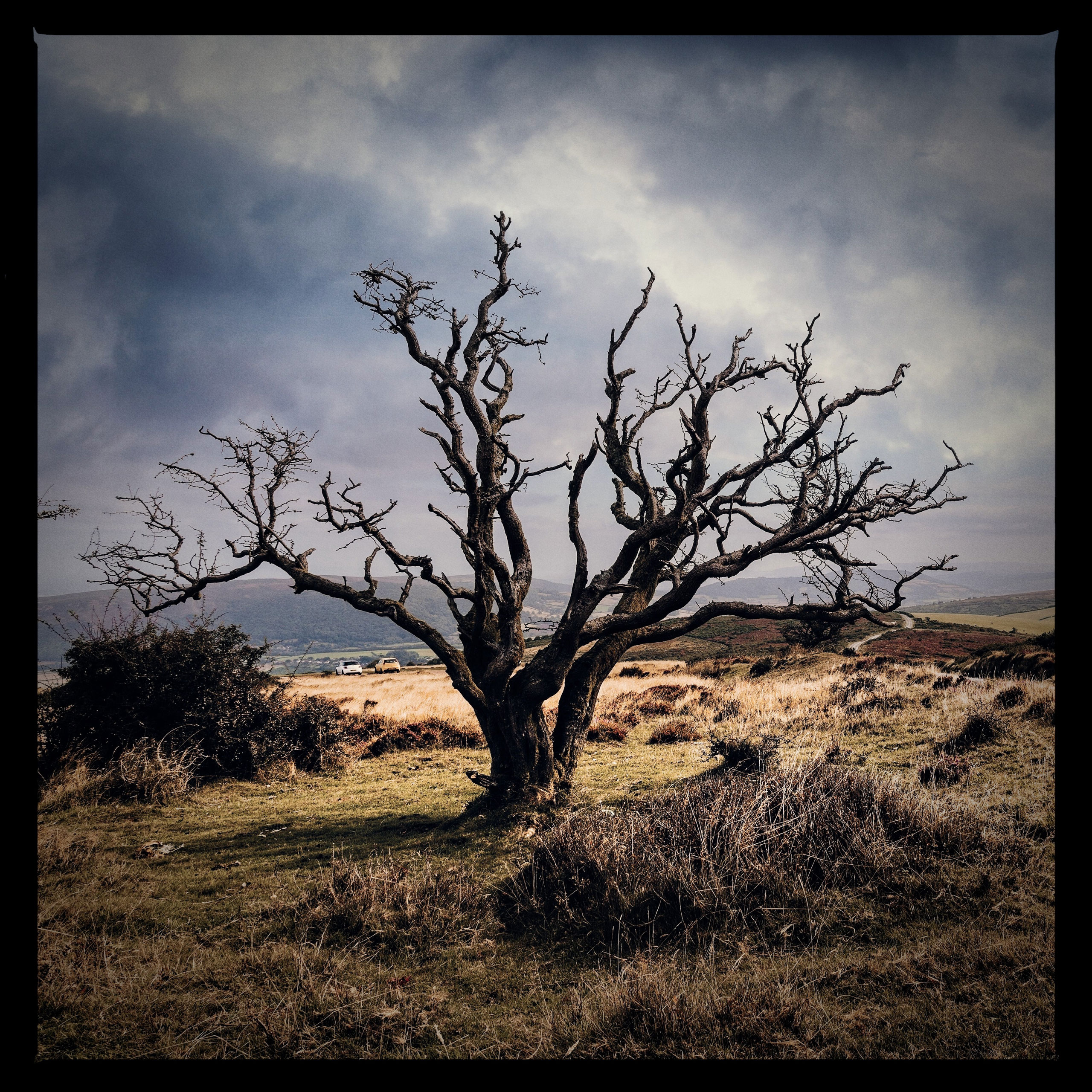
We are no longer photographing the real world in its raw state as it actually exists. We are photographing what we want the world to be. As photographers, I suppose we’ve always done this, especially when working for clients who often demand their own vision of the world, or themselves. Now, though, it seems to me that AI marketing is driving us all towards a fantasized re-imagining of external reality even in photographs we take for ourselves.
What the heck is the matter with us? Is the real world not sufficiently unpredictable, imperfect, extraordinary, challenging and weird enough? Do we really want to impose our own imagination, with all its petty vanities and shortsightedness, on the vast and extraordinary universe we live in?
Google’s Pixel 9 phone has an ‘Add me’ feature so that you can add yourself to a group shot. What, has no-one heard of self-timers? Or the laughs we all got from starting the timer, running to get in the shot, pushing and shoving, pulling faces, falling about… and so on. We’re substituting what’s real and wonderful with what’s predictable and bland.
So perhaps this is my worry with AI, that it’s taking away randomness, accidents and unpredictability and replacing these things with a kind of homogenized, engineered ‘niceness’.
Get the Digital Camera World Newsletter
The best camera deals, reviews, product advice, and unmissable photography news, direct to your inbox!
So what’s this got to do with sky replacement?
Well, this is the other side of the coin. I don’t like AI in photography, but it seems I’m perfectly prepared to use it. In particular, I use it for sky replacement – and I console myself with the thought that this is not generative AI, simply AI powered masking. I’ve replaced skies before, the hard way, with layers and masks in Photoshop, and having AI sky replacement definitely makes it easier.
But is it ethical? I’m not sure it is. I would much rather photograph landscapes and other outdoor scenes with the skies they came with, not one I’ve put in afterwards. I would much rather choose my timing and my framing and my composition to cope with the sky that existed and accept it’s not perfect.
Sometimes, though, I can’t help myself. I drop in a new sky and have to admit the image I’m working on is dramatically improved – as an image, that is, but not as a record of an actual scene.
In fact in an odd kind of way, every time I add a different sky to an image I feel the picture loses something. It loses a bit of its reality. And if I use AI object removal to clean up the composition or remove distractions, the picture loses a little more. And then more again if I use Photoshop’s Generative Crop to add some space around the subject.
But at least I'm not yet taking that final step – constructing all my images with a prompt...
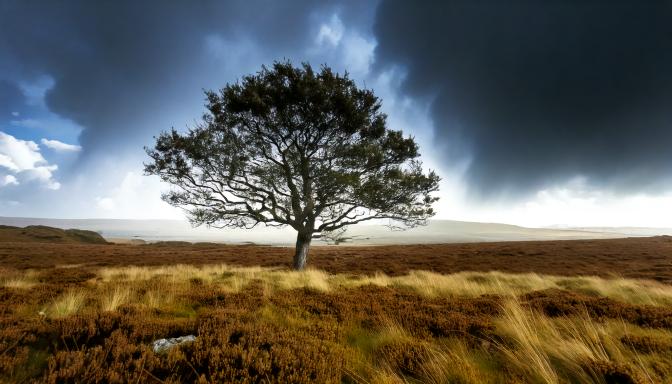
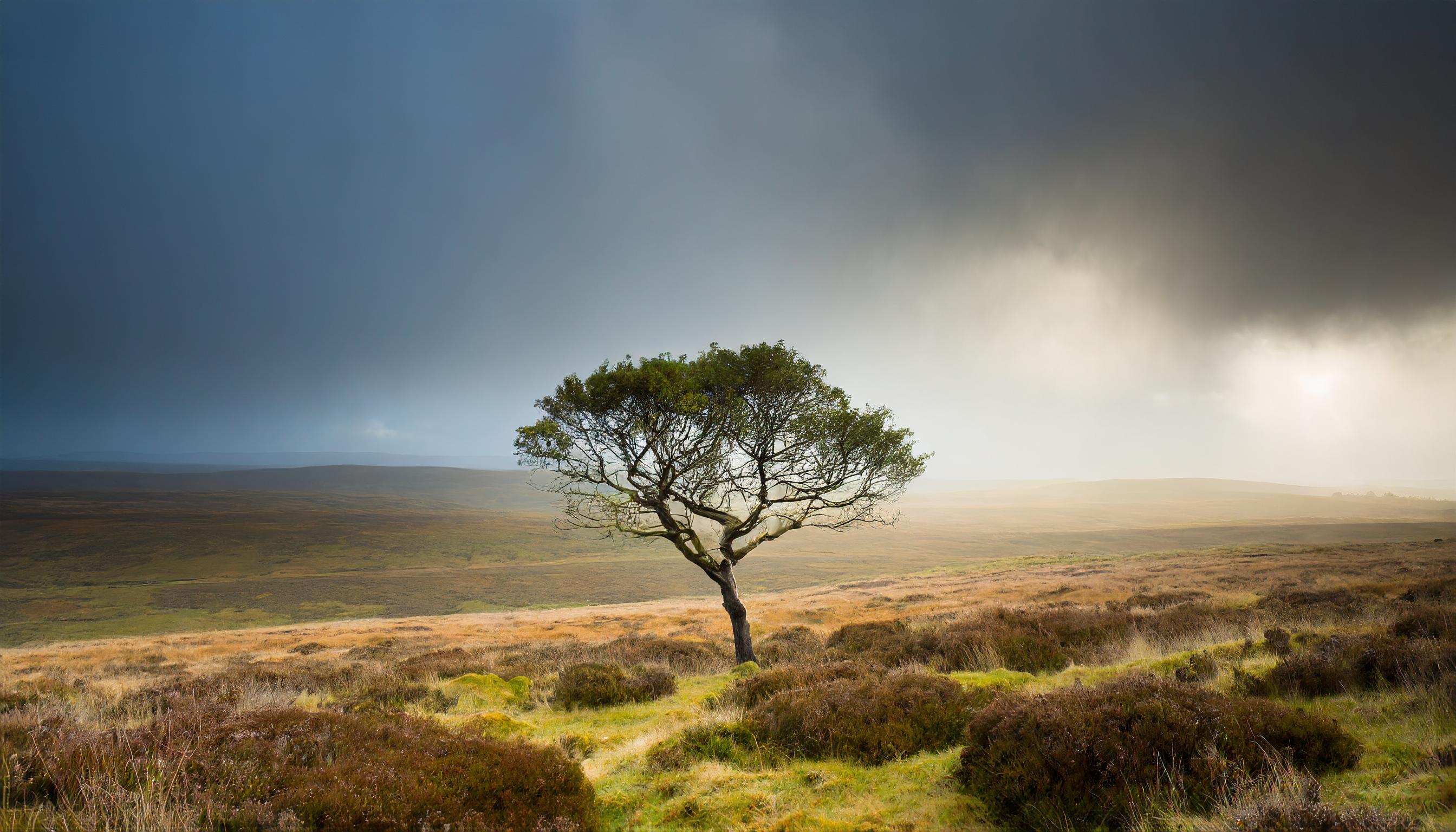
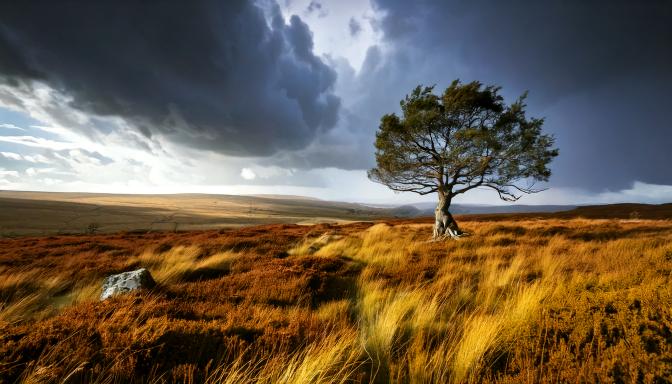
We are encouraged to believe that our imagination is somehow greater or more significant than the realities of the world we live in, or that AI should be used to re-engineer the world to be more what we want, not what it is. External, observable, provable reality, it seems, has become a nuisance.
Once, I would have said that in photography art is everything and that reality is just a convenient starting point. Now I’m not so sure. I’m starting to wonder if we are losing our understanding of just how important the real world actually is. We can fantasize and fabricate all we like, but it’s the real, external world that we actually live in and is, perhaps, what we ought to be celebrating, will all its ugly signs, litter, annoying sightseers and, yes, boring skies.
If you liked this, you might like these
- These are our pick of the best cameras for landscape photography
- And if you want to enhance the sky, why not use one of the best ND grad filters to add more drama

Rod is an independent photography journalist and editor, and a long-standing Digital Camera World contributor, having previously worked as DCW's Group Reviews editor. Before that he has been technique editor on N-Photo, Head of Testing for the photography division and Camera Channel editor on TechRadar, as well as contributing to many other publications. He has been writing about photography technique, photo editing and digital cameras since they first appeared, and before that began his career writing about film photography. He has used and reviewed practically every interchangeable lens camera launched in the past 20 years, from entry-level DSLRs to medium format cameras, together with lenses, tripods, gimbals, light meters, camera bags and more. Rod has his own camera gear blog at fotovolo.com but also writes about photo-editing applications and techniques at lifeafterphotoshop.com
